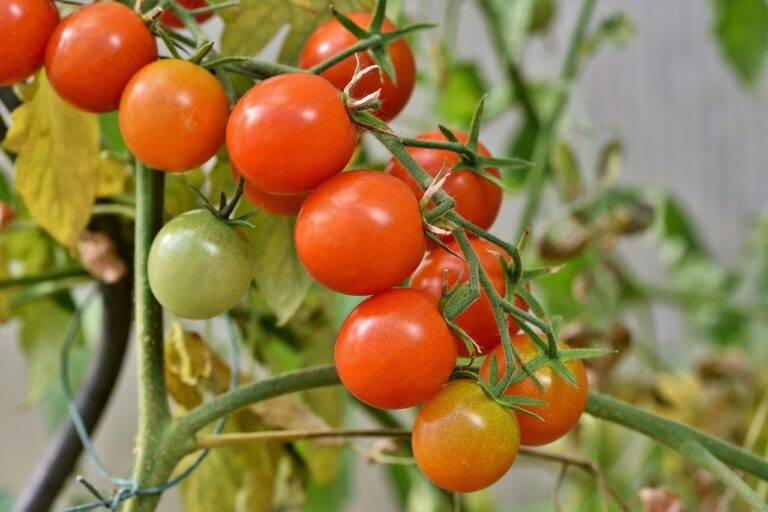The Future of Hydroponic Farming
Hydroponic farming offers numerous advantages over traditional soil-based agriculture. One major benefit is the efficient use of water – hydroponic systems can use up to 90% less water than conventional farming methods. This is especially important in regions facing water scarcity, as it allows for sustainable food production without depleting precious water resources.
Additionally, hydroponic farming allows for year-round cultivation regardless of external weather conditions. This means that farmers can produce crops continuously, leading to higher yields and increased profitability. Furthermore, the controlled environment of hydroponic systems enables better pest and disease management, reducing the need for harmful pesticides and herbicides.
Advancements in Technology for Hydroponic Systems
Hydroponic farming has witnessed significant advancements in technology, particularly in the development of more efficient and automated systems. Automated monitoring systems are now able to regulate the nutrient levels and pH balance of the nutrient solution, ensuring optimal conditions for plant growth. This precision in nutrient delivery not only maximizes plant growth but also minimizes waste, making hydroponic farming a more sustainable and cost-effective option.
Additionally, advancements in lighting technology have revolutionized the way plants are grown hydroponically. LED lights, in particular, have become increasingly popular due to their energy efficiency and customizable spectrum options. By tailoring the light spectrum to meet the specific needs of different plant varieties, growers can achieve higher yields and better quality produce. These technological advancements are not only improving the efficiency of hydroponic systems but also expanding the possibilities for year-round cultivation of a wide range of crops.
What are the benefits of hydroponic farming?
Hydroponic farming allows for more efficient use of water, eliminates the need for soil, reduces the risk of pests and diseases, and can produce higher yields in a smaller space.
What advancements in technology have been made for hydroponic systems?
Advancements in technology for hydroponic systems include automated nutrient dosing systems, sensor technology for monitoring plant health, LED lighting for optimized growth, and remote monitoring and control systems for increased efficiency.
How do automated nutrient dosing systems work in hydroponic systems?
Automated nutrient dosing systems deliver precise amounts of nutrients to plants based on their growth stage and needs, ensuring optimal growth and maximum yield.
What role does sensor technology play in hydroponic systems?
Sensor technology can monitor factors such as pH levels, nutrient levels, temperature, and humidity, allowing growers to make real-time adjustments to ensure optimal growing conditions for plants.
How does LED lighting benefit hydroponic systems?
LED lighting can be customized to provide the specific spectrum of light needed for optimal plant growth, resulting in faster growth, higher yields, and lower energy costs compared to traditional lighting sources.
How do remote monitoring and control systems improve hydroponic farming?
Remote monitoring and control systems allow growers to monitor and adjust environmental conditions, nutrient levels, and lighting schedules from anywhere, increasing efficiency and reducing the need for constant on-site supervision.





